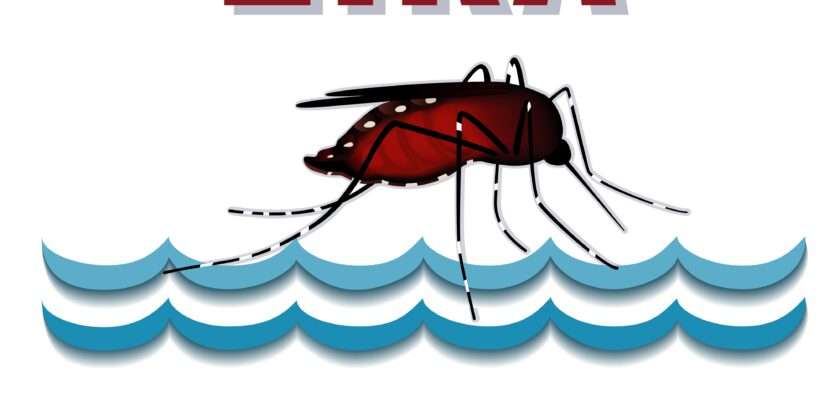Jay Harold has reviewed information from the Centers for Disease Control and Prevention (CDC) on the Zika virus. The latest update isn’t good. The Zika virus is spreading in the United States.
What is Zika Virus?
Zika virus disease (Zika) is a disease caused by the Zika virus, which is spread to people primarily through the bite of an infected Aedes species mosquito. The most common symptoms of Zika are fever, rash, joint pain, and conjunctivitis (red eyes). The illness is usually mild with symptoms lasting for several days to a week after being bitten by an infected mosquito. People usually don’t get sick enough to go to the hospital, and they very rarely die of Zika. For this reason, many people might not realize they have been infected. However, Zika virus infection during pregnancy can cause a serious birth defect called microcephaly1, as well as other severe fetal brain defects. Once a person has been infected, he or she is likely to be protected from future infections2.
Zika virus was first discovered in 1947 and is named after the Zika Forest in Uganda. In 1952, the first human cases of Zika were detected and since then, outbreaks of Zika have been reported in tropical Africa, Southeast Asia, and the Pacific Islands. Zika outbreaks have probably occurred in many locations. Before 2007, at least 14 cases of Zika had been documented, although other cases were likely to have occurred and were not reported. Because the symptoms of Zika are similar to those of many other diseases, many cases may not have been recognized.
Zika Virus in the United States, 2015–2016
As of May 4, 2016 (5 am EST) Per CDC
- Zika virus disease and Zika virus congenital infection are nationally notifiable conditions.
- This update from the CDC Arboviral Disease Branch includes provisional data reported to ArboNET for January 1, 2015 – May 4, 2016.
US States
- Travel-associated Zika virus disease cases reported: 472
- Locally acquired vector-borne cases reported: 0
- Total: 472
- Pregnant: 44
- Sexually transmitted: 10
- Guillain-Barré syndrome: 1
US Territories
- Travel-associated cases reported: 3
- Locally acquired cases reported: 658
- Total: 661
- Pregnant: 59
- Guillain-Barré syndrome: 5
The CDC has an infographic3 that shows how the Zika Virus is spread.
Treatment of Zika Virus
Treatment of Zika virus is drinking plenty of fluids and getting rest. Take acetaminophen to relieve fever and pain caused by the Zika virus. Acetaminophen is not a non-steroidal anti-inflammatory drug4 (NSAIDs). Medications like ibuprofen, naproxen and aspirin are NSAIDs and should be avoided until dengue virus can be ruled out to reduce the risk of hemorrhage (bleeding).
Use an Environmental Protection Agency (EPA)-registered insect repellent with approved active ingredients5. The insect repellents will reduce the chances of you being bitten by the mosquitos. Benjamin Franklin said, “An ounce of prevention is worth a pound of cure.”
For more detailed information, Jay Harold has a post, “Zika Virus: 8 Facts & Prevention.” Saving you time and providing the concise news you need about Zika virus is Jay Harold’s goal.
Click this link to get free Health and Wealth information to improve your life. Play the free “Slow Roll Through Civil Rights” Game found on the Jay Harold website. Enjoyed this post? Share it and read more here.
Bibliography
- http://www.cdc.gov/ncbddd/birthdefects/microcephaly.html
- http://www.cdc.gov/zika/about/index.html
- http://www.cdc.gov/zika/pdfs/zika-transmission-infographic.pdf
- http://www.rheumatology.org/I-Am-A/Patient-Caregiver/Treatments/NSAIDs
- http://www.cdc.gov/chikungunya/pdfs/fs_mosquito_bite_prevention_us.pdf





